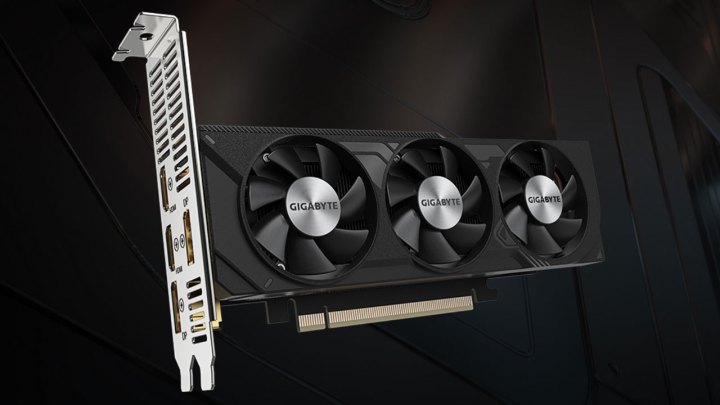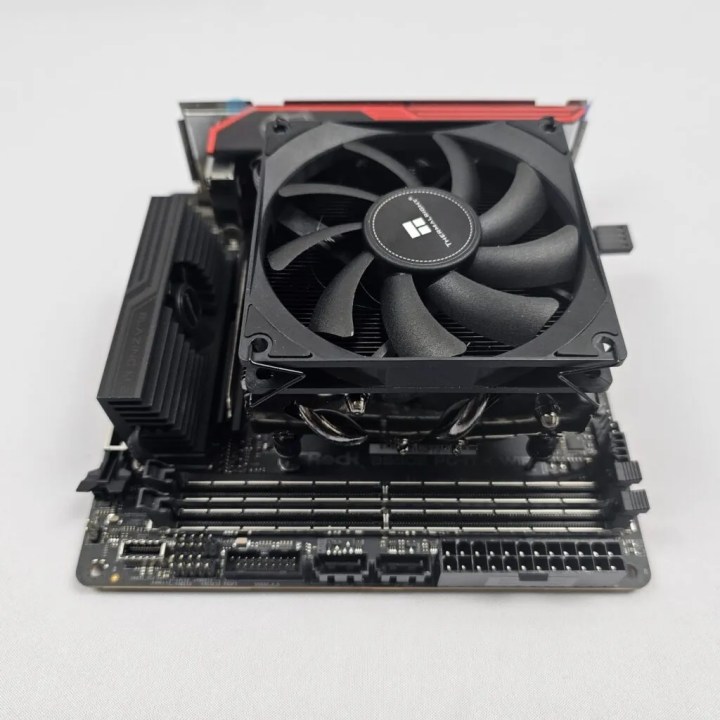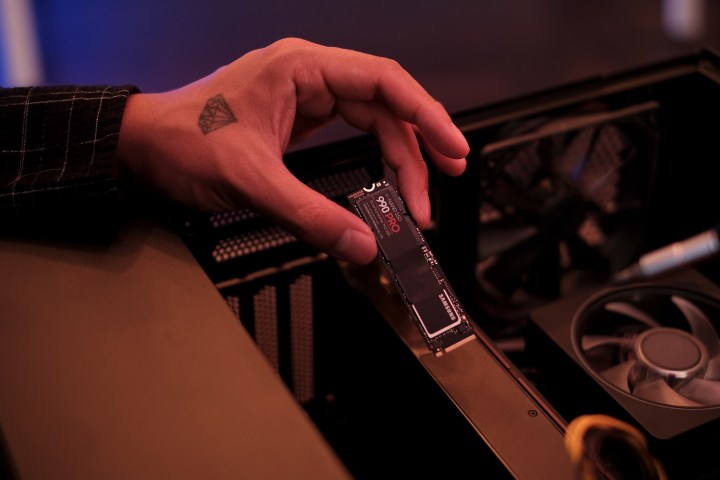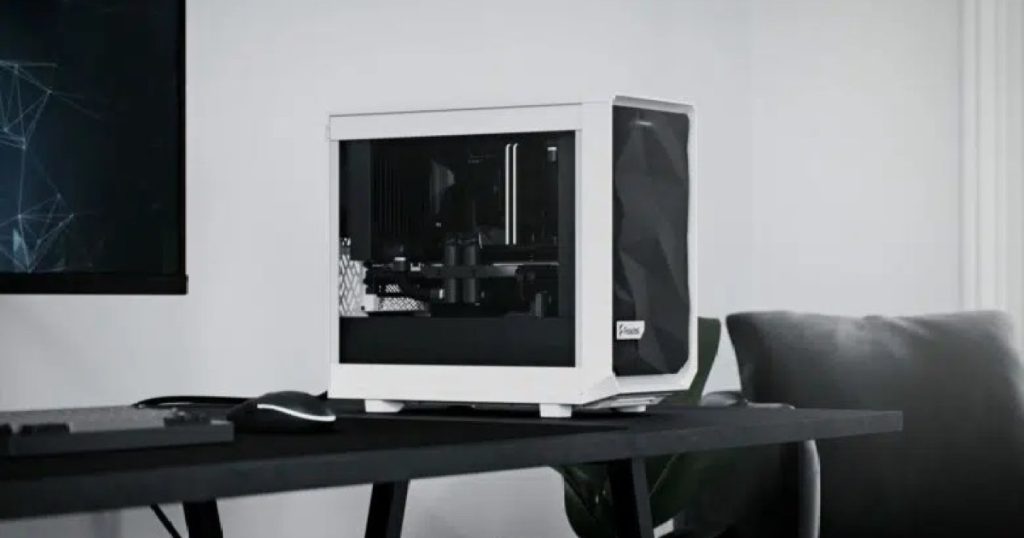Building a mini-ITX PC can be both an exciting challenge and a promise of a compact yet powerful computing solution. However, amidst the thrill of assembling your system, it’s essential to navigate carefully and avoid common pitfalls that can hinder your build.
From compatibility issues to space constraints, navigating the intricacies of building a mini-ITX PC demands attention to detail and a sharp eye for potential challenges. In this guide, we delve into the most common mistakes to steer clear of while constructing a compact PC.
Poor Component Compatibility

The initial step in constructing a small form factor PC is selecting the right case, as that is essentially the core of building this type of PC.
Aside from choosing the appropriate mini-ITX motherboard, you might need a low-profile CPU cooler, which can influence the size of your memory modules as some coolers may lack sufficient clearance. While certain cases support liquid coolers, the installation process can be cumbersome, particularly with extra cables. It’s also essential to verify the length of your graphics card and whether the case supports standard ATX power supplies or small form factor SFX/SFX-L units.
Inadequate Cooling

Mini-ITX cases often suffer from restricted airflow compared to larger form factors, leading to potential thermal issues. Avoid using oversized components that might impede airflow or cause overheating. Instead, opt for efficient cooling solutions such as low-profile CPU coolers and graphics cards with shorter lengths and custom cooling designs.
Prioritize airflow by selecting a case with adequate ventilation and strategically placing intake and exhaust fans. Cases like the SSUPD Meshlicious or the Cooler Master NR200 offer effective airflow. Consider additional case fans or aftermarket cooling solutions to enhance thermal performance. Brands like Noctua, Corsair, and Thermalright offer slim fans measuring just 15mm in thickness if your case lacks space. Experiment with various air pressure and fan curve configurations to prevent overheating of the CPU and GPU during intensive tasks.
Proper Cable Management
Due to the confined space within mini-ITX cases, cable management can be challenging. Well-managed cables not only optimize airflow but also present a clean and organized appearance. Strategically plan your cable routing to prevent clutter and interference with components. While the case manual can provide guidance, consider referring to reviews and YouTube tutorials for cable management tips. Preinstalling the CPU and 24-pin ATX power cables before mounting the motherboard can offer convenience.
Invest in cable ties and Velcro straps to keep cables organized and out of the way. Consider custom-length cables for your power supply if within budget to reduce clutter and create more internal space in your case.
PSU and Storage Size

Choose a power supply unit (PSU) that fits the mini-ITX case and provides ample power for your components. Opt for a modular or semi-modular PSU to reduce cable clutter and enhance airflow. SFX or SFX-L power supplies are smaller than traditional ATX PSUs but may come at a higher cost.
Additionally, select a high-efficiency PSU (80 Plus Bronze, Silver, Gold, or Platinum) to minimize heat output and energy consumption.

A similar approach applies to storage. With limited space in mini-ITX cases, opt for M.2 NVMe SSDs or 2.5-inch SSDs/HDDs that occupy minimal space and reduce cable clutter. Most modern mini-ITX motherboards feature at least two M.2 slots, so utilize them efficiently. Explore external storage options if additional capacity is necessary.
Build with an Eye Toward Future Expansion
While mini-ITX builds offer compactness and portability, they may restrict future expansion possibilities. Select a motherboard with adequate expansion slots and connectivity options that can accommodate future upgrades or peripherals. Consider your long-term requirements and make informed decisions when choosing components.
For example, if you plan to upgrade your CPU down the line, you may need a more robust cooling solution that demands additional space inside the case. Similarly, next-gen GPUs are increasing in size, making them less suitable for small PC cases.
Editors’ Recommendations


